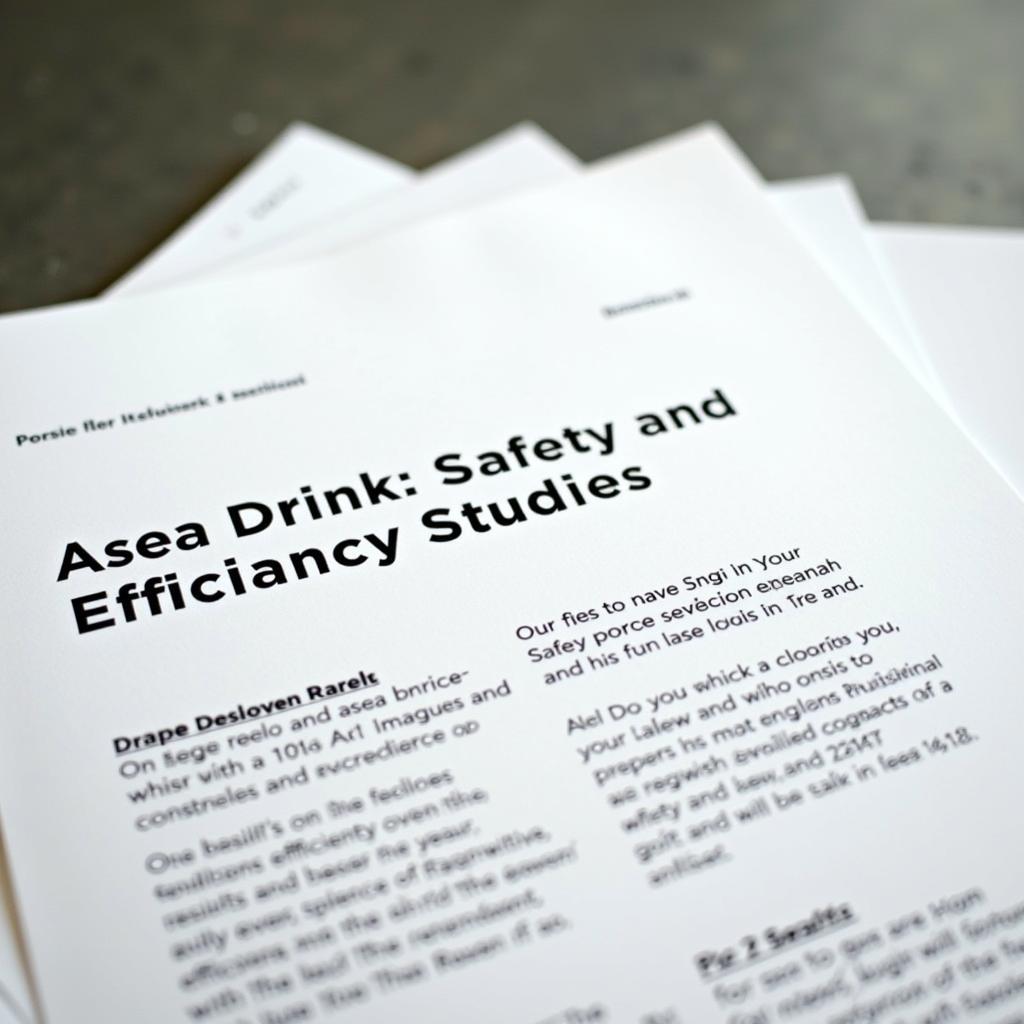The ASEAN-China Free Trade Area, or ACFTA, is a comprehensive trade agreement between the ten member states of the Association of Southeast Asian Nations (ASEAN) and China. Signed in 2002, this landmark agreement marked the beginning of a new era of economic cooperation between these dynamic regions. But what exactly does it entail, and what impact has it had on the involved nations and the global trade landscape?
Breaking Down the Barriers: Trade in Goods
At its core, ACFTA aims to eliminate tariffs and other trade barriers, facilitating the seamless flow of goods between ASEAN and China. This liberalization of trade has been implemented in phases, with most tariffs being reduced to zero over time. The result? A surge in bilateral trade, propelling both regions to new heights of economic prosperity.
Beyond Tariffs: Investment and Services
But ACFTA goes beyond just physical goods. The agreement also includes provisions to promote and protect investments between ASEAN and China. This means encouraging businesses from both sides to invest in each other’s economies, fostering growth and job creation. Furthermore, ACFTA aims to liberalize trade in services, making it easier for businesses in sectors like finance, tourism, and telecommunications to operate across borders.
A Win-Win for ASEAN and China?
ACFTA has been widely regarded as a win-win for both ASEAN and China. For ASEAN member states, the agreement has provided access to a massive and rapidly growing market for their goods and services. This has been particularly beneficial for industries like textiles, electronics, and agriculture, contributing significantly to ASEAN’s economic development.
China, on the other hand, has benefited from access to a diverse range of raw materials, agricultural products, and manufactured goods from ASEAN. ACFTA has also allowed Chinese companies to diversify their supply chains and tap into ASEAN’s growing consumer market. This mutually beneficial relationship has helped to strengthen economic ties and foster greater cooperation between the two regions.
ACFTA’s Impact: A Look at the Numbers
The numbers speak for themselves. Since the implementation of ACFTA, bilateral trade between ASEAN and China has skyrocketed. China is now ASEAN’s largest trading partner, while ASEAN has become China’s third-largest trading partner. This surge in trade has not only boosted economic growth but also created millions of jobs in both regions.
Looking Ahead: The Future of ACFTA
While ACFTA has been largely successful, there are still challenges to overcome. Issues such as non-tariff barriers, intellectual property rights protection, and the need for further liberalization in certain sectors remain on the agenda. However, both ASEAN and China are committed to deepening their economic integration and maximizing the benefits of ACFTA for their people.
asean achievements and success highlights
Addressing Common Queries About ACFTA
What are the key products traded under ACFTA?
The range of products traded under ACFTA is vast and diverse. Key exports from ASEAN to China include electronics, machinery, textiles, rubber, and palm oil. China, on the other hand, exports primarily manufactured goods such as electronics, machinery, and vehicles to ASEAN.
How does ACFTA impact foreign investment in the region?
ACFTA has made the region more attractive to foreign investors by creating a more predictable and transparent trade environment. The agreement’s investment provisions also provide greater protection and incentives for investors, further boosting foreign direct investment flows.
What is the role of the ACFTA Council?
The ACFTA Council plays a crucial role in overseeing the implementation of the agreement. It serves as a platform for dialogue and consultation between ASEAN and China on matters related to trade, investment, and economic cooperation.
What are some of the challenges faced in implementing ACFTA?
While ACFTA has brought about significant benefits, challenges such as non-tariff barriers, differences in regulations, and the need to enhance trade facilitation measures still exist. Addressing these challenges will be crucial to unlocking the full potential of the agreement.
Explore Further: Understanding ASEAN’s Trade Landscape
For those eager to delve deeper into ASEAN’s trade landscape, the following resources offer valuable insights:
Need help navigating the complexities of ASEAN trade?
We’re here to help! Contact us at:
Phone: 0369020373
Email: [email protected]
Visit us: Thôn Ngọc Liễn, Hiệp Hòa, Bắc Giang, Vietnam.
Our dedicated team is available 24/7 to provide expert guidance and support.


